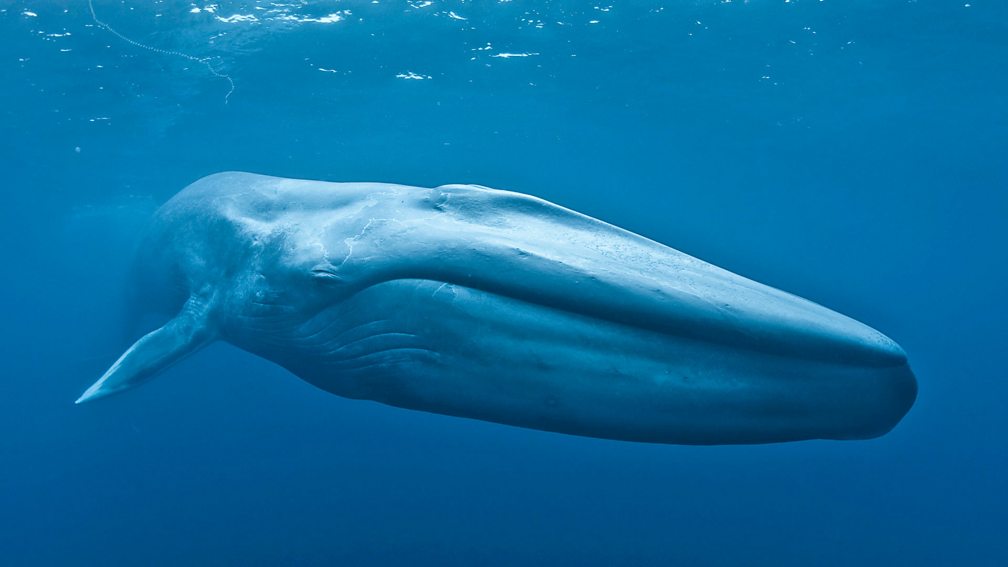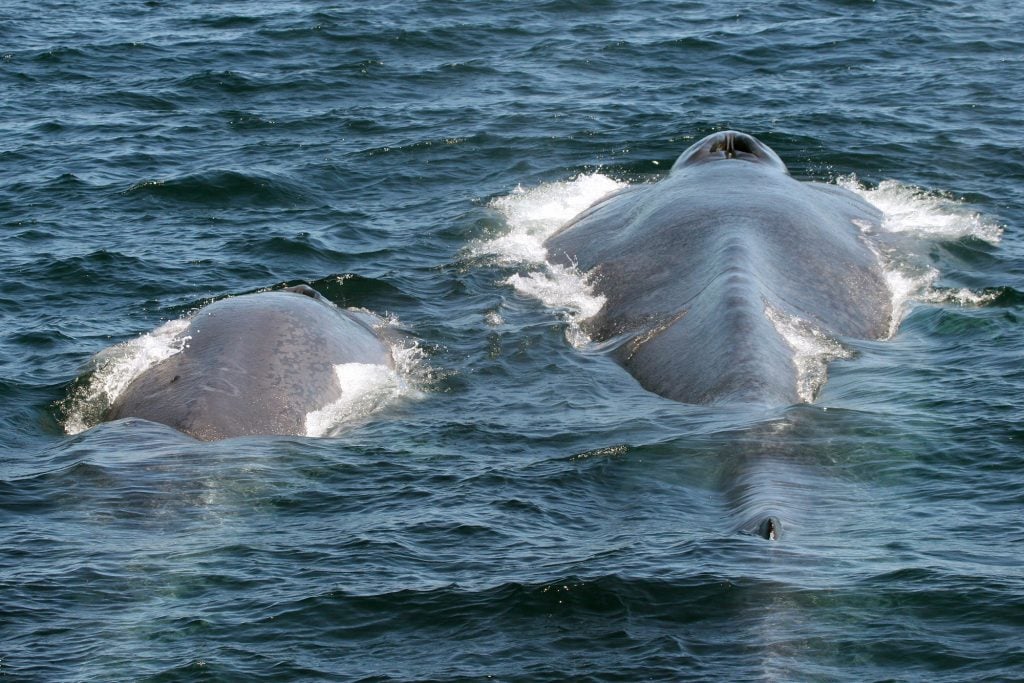Where Does Blue Whale Live - Blue whales are the largest animals on the planet, reaching lengths of up to 100 feet and weighing as much as 200 tons. These majestic creatures can be found in all of the world's oceans, from the cold waters of the Arctic to the warm waters of the tropics. Here are some of the best spots to watch blue whales in their natural habitat.
Big Blue Live - Blue Whale
Location: BBC One

If you want to see blue whales up close, one of the best ways is by watching the BBC's Big Blue Live. This documentary captures the beauty and wonder of these magnificent creatures, as they breach the waves and swim through the open sea.
Where do Blue Whales Live? - Animal Sake
Location: Animal Sake

Blue whales can be found in all of the world's oceans, from the cold waters of the Arctic to the warm waters of the tropics. They migrate long distances each year, traveling from their feeding grounds in the polar regions to their breeding grounds in the tropics.
During the summer months, blue whales congregate in the feeding grounds of the polar regions, where they feed on vast quantities of krill. They then journey down to the tropics to breed and give birth to their young.
West's best spots to watch whales
Location: San Francisco Chronicle

The west coast of the United States is one of the best places in the world to watch blue whales in their natural habitat. In California, for example, you can see them from Point Reyes National Seashore or Monterey Bay.
You can also see blue whales off the coast of Oregon and Washington, where they migrate in the summer months. The best way to see these creatures is by taking a whale watching cruise, which will take you right up to the whale's feeding and breeding grounds.
WHERE DO BLUE WHALES LIVE |The Garden of Eaden
Location: The Garden of Eden

Blue whales can be found in every ocean, from the Arctic to the Antarctic. They are primarily found in the polar regions during the summer months, where they feed on vast quantities of krill.
During the winter, blue whales migrate to the warmer waters of the tropics, where they breed and give birth to their young. The best places to see blue whales are in the feeding grounds of the polar regions, where you can watch them surface to breathe and dive deep below the surface in search of food.
Facts about blue whales - Whale and Dolphin Conservation
Location: Whale and Dolphin Conservation

Blue whales are the largest animals on the planet, and can grow to be as long as three school buses. They are also the loudest, producing sounds that can be heard over 500 miles away.
Despite their size, blue whales feed primarily on tiny krill, which they filter from the water using baleen plates. They can consume up to 4 tons of krill per day. Unfortunately, blue whales were hunted almost to extinction in the 20th century, and their populations are still recovering today.
Conclusion
Blue whales are some of the most magnificent creatures on the planet, and watching them in their natural habitat is an unforgettable experience. Whether you're watching a documentary like Big Blue Live or taking a whale watching cruise off the coast of California, seeing these creatures up close is a truly magical experience.
But it's important to remember that blue whales still face many threats, from climate change to pollution to ship strikes. If we want to ensure that future generations can enjoy these majestic creatures, we need to take action to protect them and their habitats.
Find more articles about Where Does Blue Whale Live